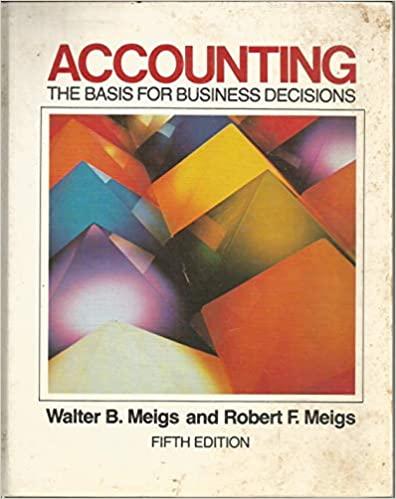Venus Creations sells window treatments (shades, blinds, and awnings) to both commercial and residential customers. The following information relates to its budgeted operations for the current year. Commercial Residential $ 483,000 $ 298,500 Revenues Direct materials costs Direct labor costs Overhead costs Operating income (loss) $ 30,000 110,600 $ 51,000 305,500 151,000 81,800 222.400 507,500 $ 76,100 ${24,500) The controller, Peggy Kingman, is concerned about the residential product line. She cannot understand why this line is not more profitable given that the installations of window coverings are less complex for residential customers. In addition, the residential client base resides in close proximity to the company office. so travel costs are not as expensive on a per client visit for residential customers. As a result, she has decided to take a closer look at the overhead costs assigned to the two product lines to determine whether a more accurate product costing model can be developed. Here are the three activity cost pools and related information she developed: Activity Cost Pools Cost Drivers Scheduling and travel Setup time Supervision Estimated Overhead $ 90,000 68,800 74.000 Hours of travel Number of setups Direct labor cost Expected Use of Cost Drivers per Product Commercial Residential Scheduling and travel 860 580 Setup time 380 220 Compute the activity-based overhead rates for each of the three cost pools. (Round answers to 2 decimal places, e.g. 12.25.) Overhead Rates Scheduling and travel $ Setup time Supervision % eTextbook and Media Determine the overhead cost assigned to each product line. (Round answers to 0 decimal places, e.g. 1.575.) Commercial Residential Scheduling and travel $ $ Setup time $ $ Supervision VA Total cost assigned $ $ e Textbook and Media Determine the overhead cost assigned to each product line. (Round answers to 0 decimal places, e.g. 1,575.) Commercial Residential Scheduling and travel $ $ Setup time $ $ Supervision $ $ Total cost assigned $ $ eTextbook and Media Compute the operating income for each product line, using the activity-based overhead rates. (Round answers to 0 decimal places, e.g. 1,575.) Operating income (loss) Commercial $ Residential $ $









